Have you ever wondered what might happen if you let your cat express every feeling, whim, and desire without restriction? Imagine a world where your feline friend is free to show every mood, from wild joy to deep curiosity, without fear or limitation. The results might surprise and even challenge everything you think you know about cats. Let’s explore the remarkable, sometimes unpredictable journey you embark on when you give a cat true emotional freedom.
A World Without Boundaries
When cats are allowed to express themselves fully, the first thing you might notice is how quickly they test limits. They may leap onto countertops, push open doors, or claim unexpected spaces as their own. With no restrictions, their natural curiosity leads them to explore every inch of their environment. This newfound freedom can look a bit chaotic, but it also opens up a window into their natural instincts. A cat with emotional freedom acts on impulse, showing you genuine reactions instead of learned behaviors. It’s a powerful reminder of just how much cats adapt to their humans’ rules. You begin to see their true personalities shining through, unfiltered and raw.
Unfiltered Affection and Attention
A cat granted emotional freedom will reveal the full spectrum of their love and affection. Some cats, previously reserved, may suddenly demand more cuddles, rub up against you constantly, or even follow you from room to room. Without fear of being scolded or pushed away, they show affection on their own terms—and often more boldly than ever before. This openness can be heartwarming, strengthening the bond between you and your pet. You might find yourself surprised at how much attention your cat truly craves. On the flip side, some cats may prefer independence, making their boundaries clearer than ever. Either way, emotional freedom gives you a clearer picture of their needs.
Vocal Expressions Run Wild
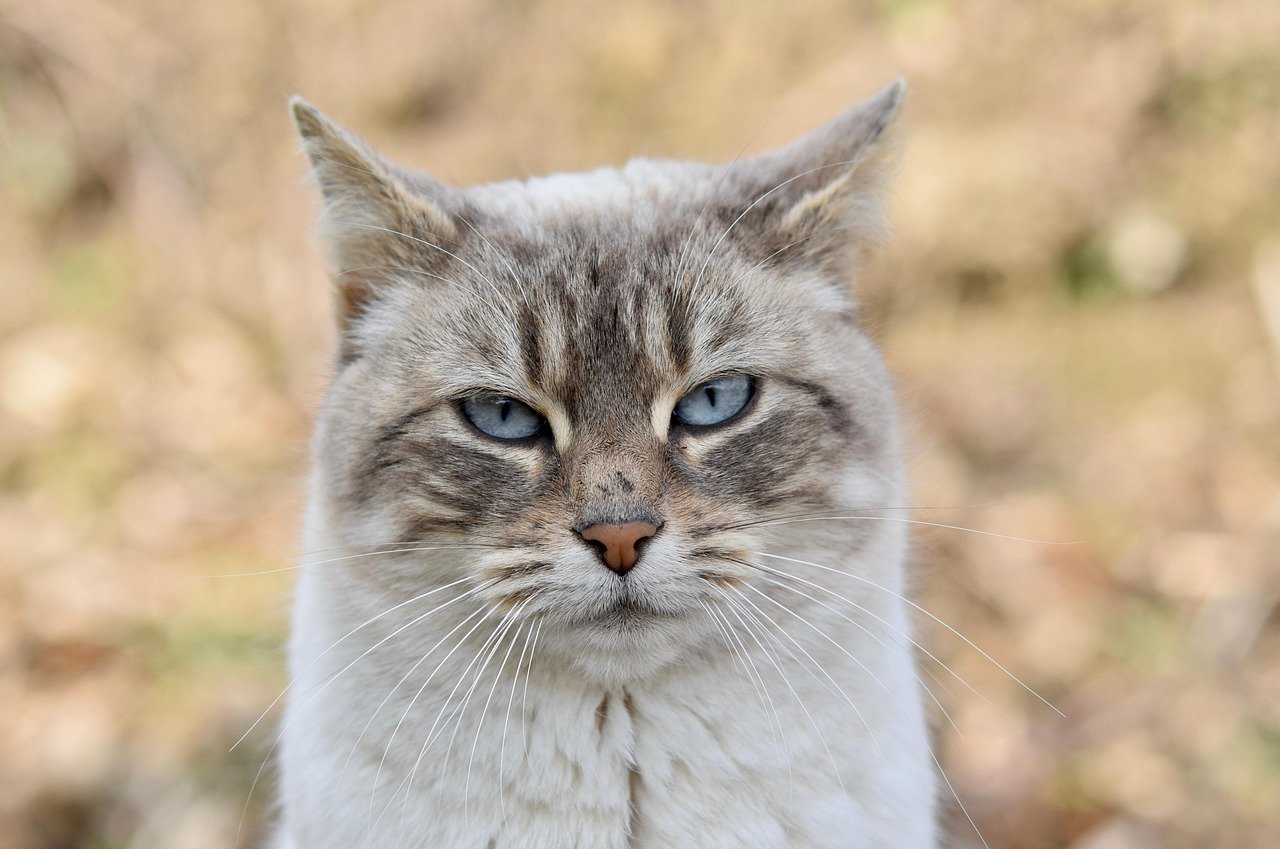
With no restrictions, cats become much more vocal. They may meow, trill, chirp, and purr at all hours, using their voices to communicate everything from hunger to excitement. Some cats develop a whole new range of sounds when they realize they’re free to “speak their mind.” This can be both endearing and, at times, a little overwhelming—imagine a 3 a.m. serenade! But it’s also a unique insight into what your cat is truly feeling. Their vocal freedom helps you tune in to their emotional state, making it easier to understand their needs and desires.
Heightened Playfulness and Creativity
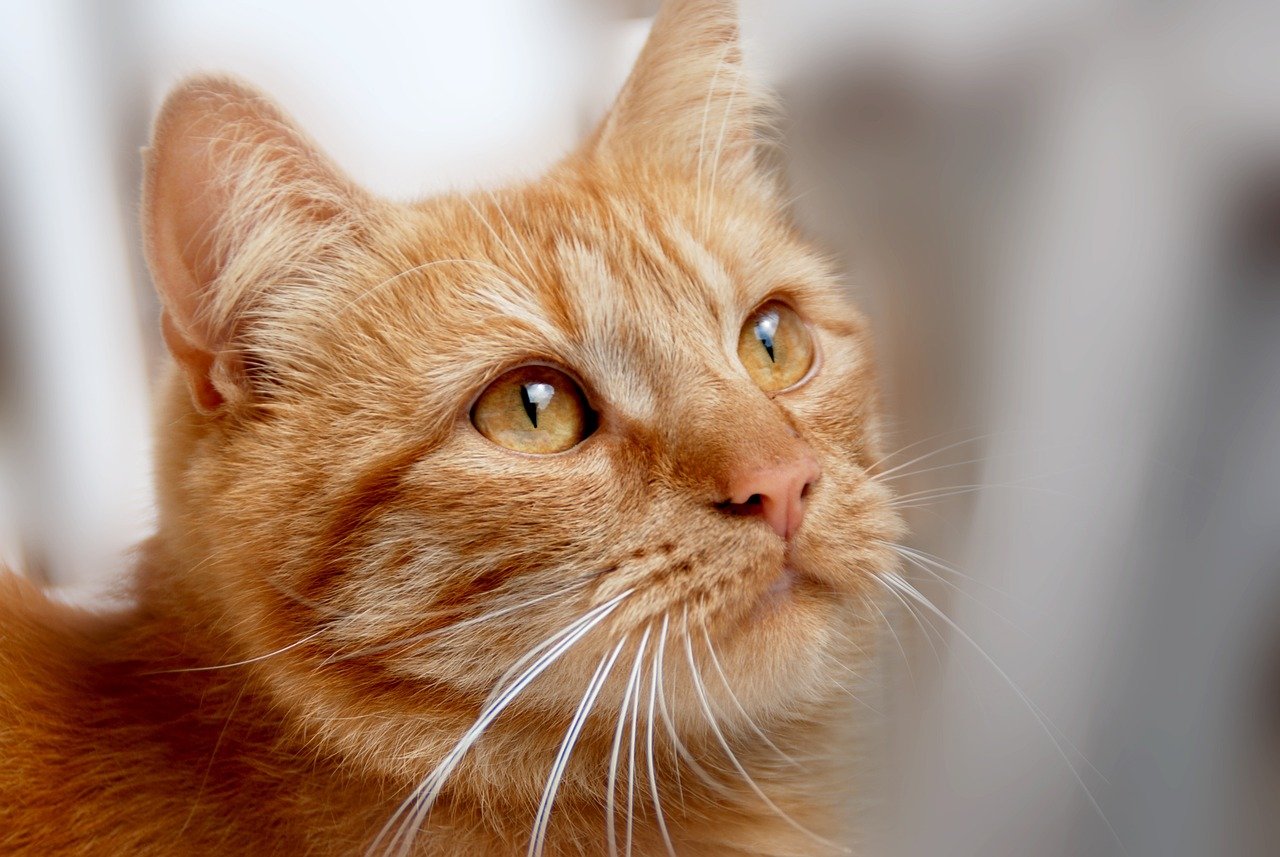
When emotional restraints are lifted, playtime transforms. Cats become inventors and improvisers, using everything in their environment as potential toys. You might catch them batting at shadows, inventing new games with rolled-up socks, or even engaging in complex solo play. This uninhibited creativity is fascinating to watch and reveals just how intelligent and resourceful cats can be. Their playfulness isn’t just about fun—it’s also a way for them to process emotions, burn off energy, and strengthen their bodies. A cat with full emotional freedom reminds us of the importance of play in all stages of life.
Honest Reactions to Strangers
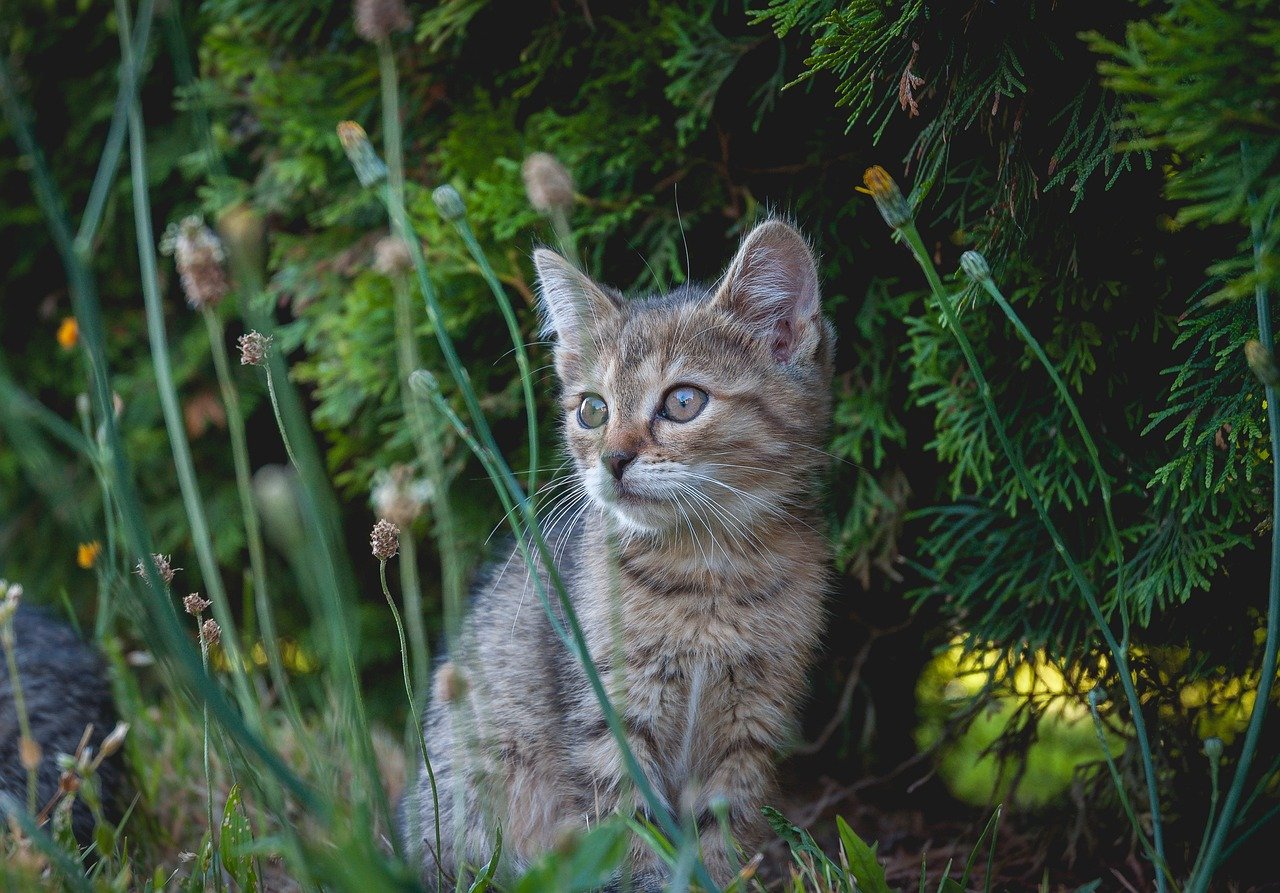
When cats are emotionally free, their reactions to new people are completely authentic. Some may greet strangers with curiosity, while others might hide or display caution. Without suppressing their instincts to please or avoid, you see their honest social preferences. This transparency can help visitors understand how to interact respectfully with your cat. For the cat, it means never having to pretend—no more forced cuddles or uncomfortable introductions. Over time, emotionally free cats may even become more confident, knowing their boundaries will be respected.
Greater Trust—Or Wariness—With Humans
Trust is a two-way street, and giving your cat emotional freedom can either strengthen or test that bond. Some cats, feeling safe and accepted, will become more trusting and affectionate. Others, perhaps shaped by past experiences, might initially keep their distance or test your reactions. Emotional freedom means you must also respect their choices, even if it means accepting a little more aloofness. Over time, most cats respond positively to this respect, gradually showing more trust and openness. The journey can be emotional, but the rewards are profound: a relationship built on genuine understanding.
Independence Takes Center Stage
Cats are famously independent, but with full emotional freedom, this trait becomes even more apparent. You might notice your cat choosing when and where to engage, taking long naps in hidden corners, or ignoring you for hours before reappearing with a burst of affection. Their independence isn’t a sign of rejection; it’s simply their way of maintaining autonomy. Allowing this freedom lets cats feel secure and respected. In return, they often become more comfortable showing affection and seeking out social time—on their own terms.
Heightened Sensitivity to Change
Emotional freedom makes cats more sensitive to changes in their environment. They may respond strongly to new sounds, smells, or even rearranged furniture. With no need to mask their feelings, they express anxiety, curiosity, or excitement immediately. This heightened sensitivity can help you better understand what stresses or soothes your pet. It also means you’ll need to be more attentive to their cues, adjusting routines or spaces to keep them comfortable. Over time, this awareness creates a deeper mutual understanding.
More Pronounced Mood Swings
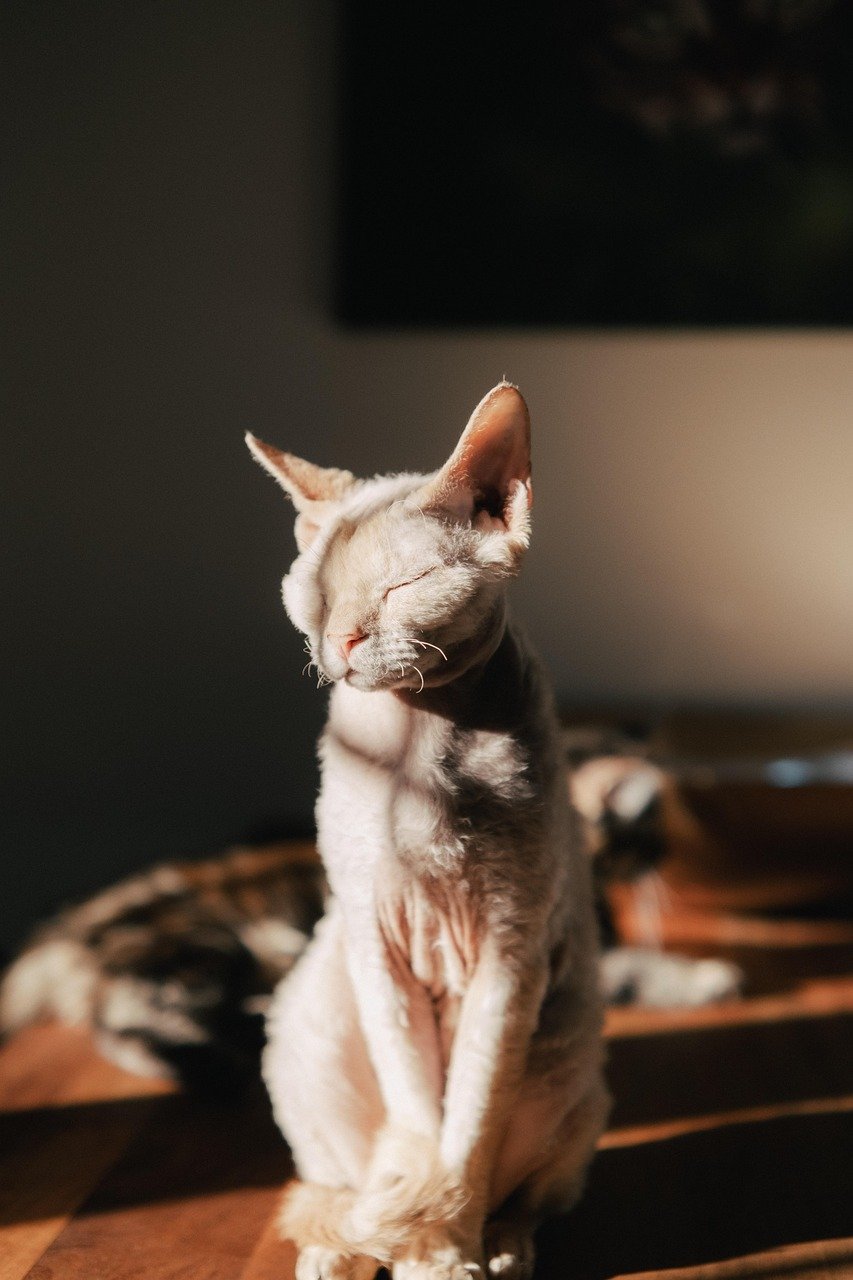
Cats with emotional freedom experience mood swings just like people. One moment they may be playful and loving; the next, irritable or withdrawn. These shifts can be dramatic, especially if your cat feels safe enough to express every emotion. It’s important to remember that these changes are natural and healthy, reflecting their inner world. Observing these moods helps you learn how to support your cat, whether they need space, play, or comfort. Emotional honesty isn’t always easy, but it’s the foundation for a trusting relationship.
Territory and Possession Behaviors
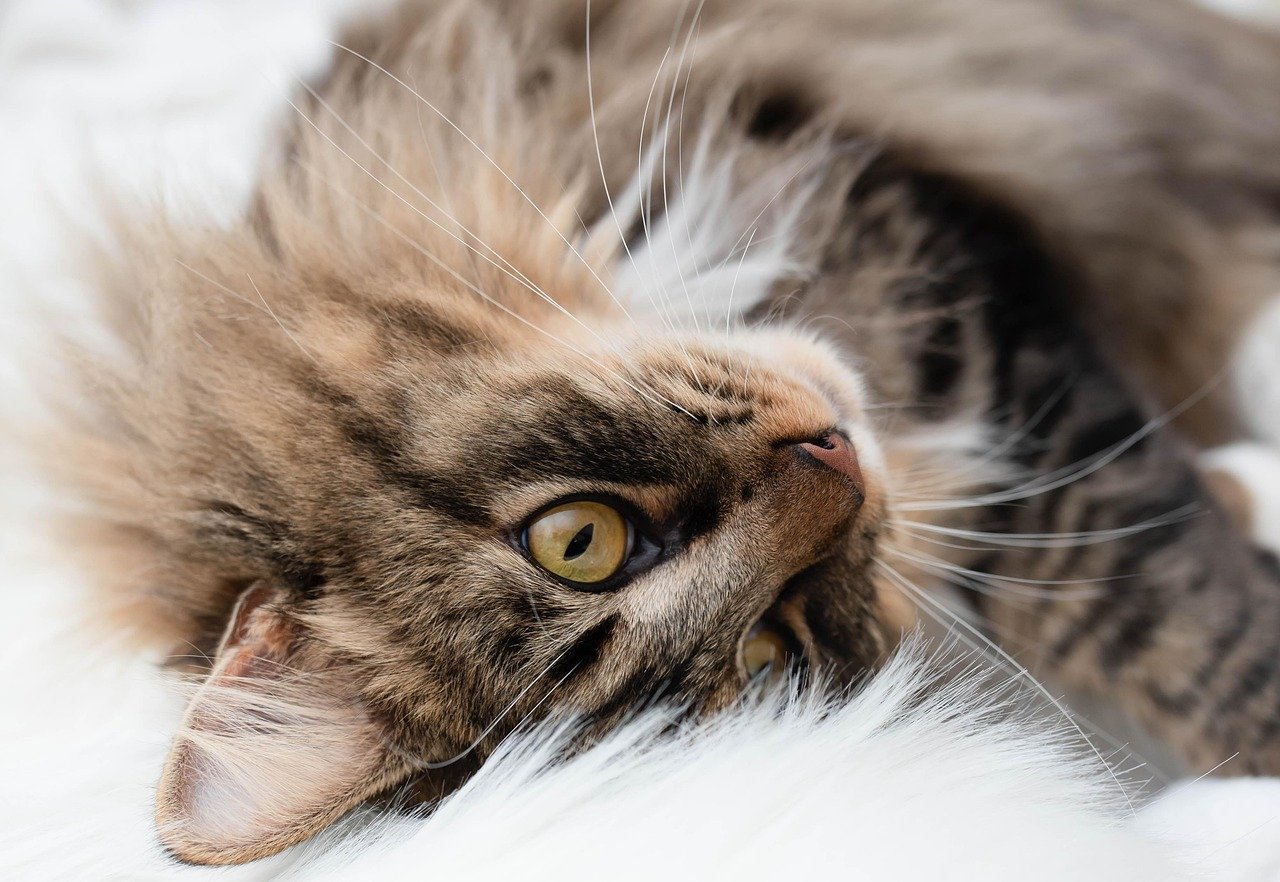
A cat with emotional freedom becomes more assertive about their territory. You might notice them marking favorite spots, guarding certain areas, or even “claiming” your lap or bed as their own. These behaviors are instinctual, a way for cats to feel secure and in control of their space. While it may be inconvenient at times, respecting these boundaries is crucial to their emotional well-being. Giving them dedicated spaces or high perches can help satisfy their need for ownership. It’s a small price to pay for a happy, confident companion.
Eating Habits Unleashed
When cats are free to express themselves, their eating habits may change. Some may become more vocal about mealtimes, demanding food with theatrical flair. Others might experiment with new tastes or show strong preferences for certain textures. Emotional freedom also means they might refuse food if stressed or displeased, making it important to pay attention to dietary cues. By observing these habits, you can tailor meals to their true likes and dislikes. It’s a fascinating glimpse into their personalities—and sometimes, their picky side.
Grooming Without Inhibition
Cats are fastidious groomers, but emotional freedom takes self-care to the next level. Some may spend extra time grooming, especially after stressful events or social interactions. Others might allow themselves to relax completely, stretching out and cleaning every inch of their fur with abandon. This uninhibited grooming is a sign of comfort and security. If you notice changes—like over-grooming or neglect—it can be a cue to check for stress or health issues. Full emotional freedom means cats trust their environment enough to care for themselves openly.
Stronger Bonds With Other Pets
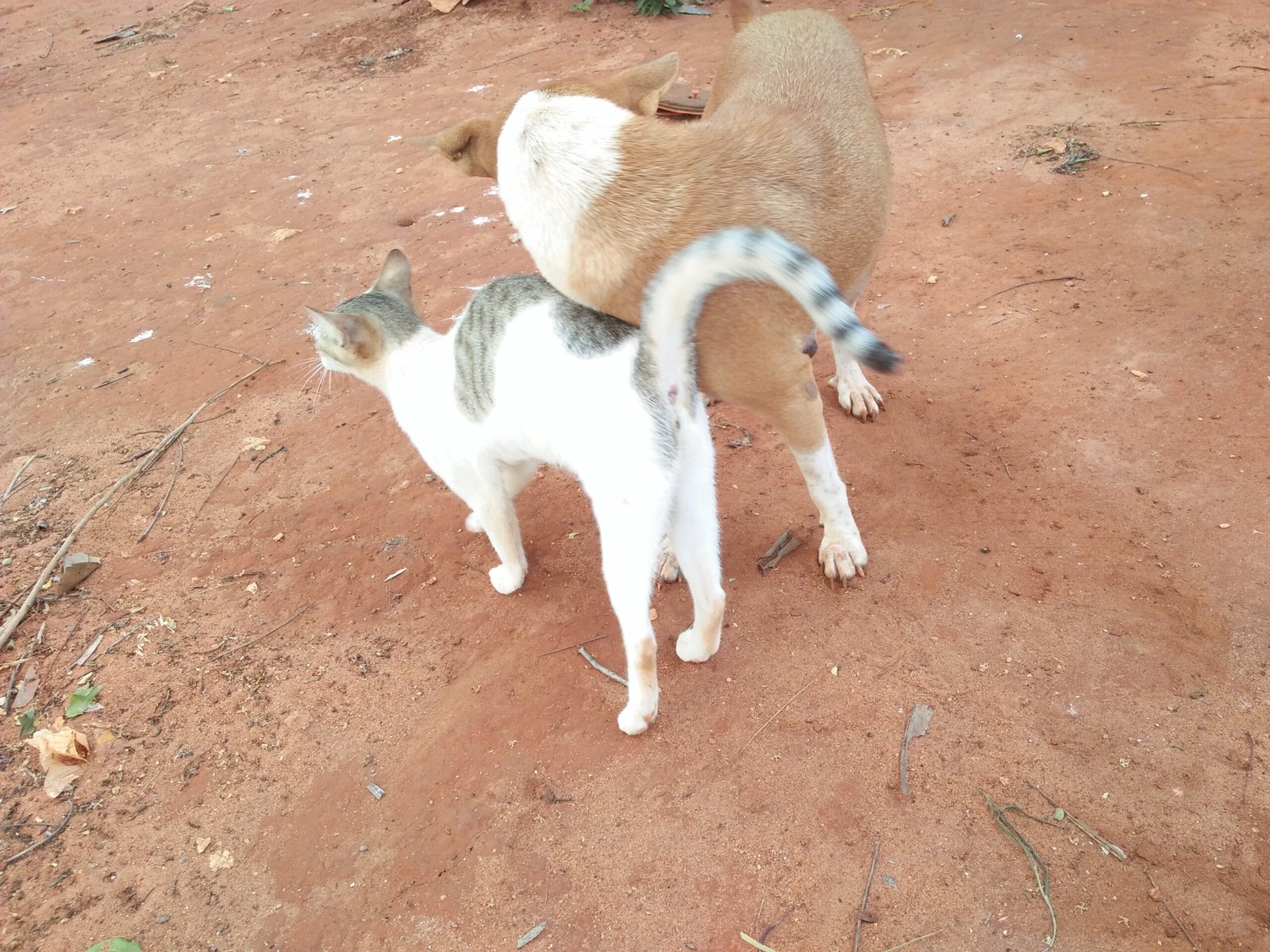
If you have more than one pet, emotional freedom can transform their relationships. Cats become more open in their interactions, showing playfulness, affection, or even rivalry without holding back. You might witness new friendships forming, or see clear boundaries being drawn. These honest interactions help all your pets establish a natural hierarchy and mutual respect. Sometimes, initial conflicts give way to lasting bonds. Encouraging emotional expression helps create a harmonious, authentic multi-pet household.
Greater Curiosity and Exploration
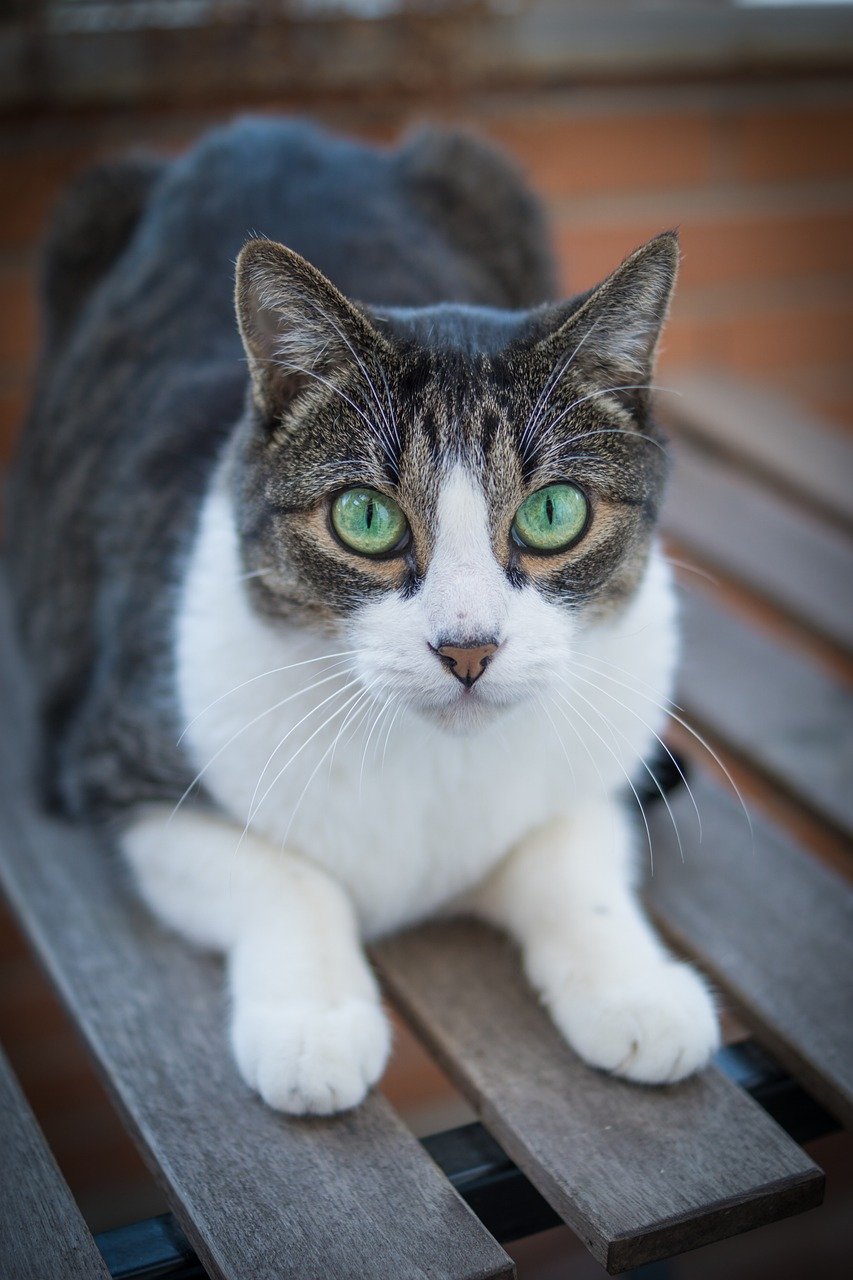
A cat with full emotional freedom is an explorer at heart. With no fear of reprimand, they investigate every nook and cranny, climb to new heights, and interact with their environment in surprising ways. This bold curiosity may bring unexpected discoveries—like hidden toys or forgotten treats. It also keeps your cat mentally stimulated and engaged. Encouraging safe exploration is a great way to support their emotional health and prevent boredom. You’ll be amazed at how inventive and adventurous your cat can be.
Authentic Communication Through Body Language

Cats speak volumes through their bodies, and emotional freedom amplifies this silent language. Watch for expressive tails, flattened ears, or relaxed postures. Each movement is an honest signal of mood and intent. Learning to read these cues deepens your connection, allowing you to respond appropriately to happiness, fear, or irritation. Over time, this mutual understanding creates a stronger, more empathetic bond. Your cat’s body language becomes an open book, and you’ll find yourself understanding their needs better than ever before.
Deeper Relaxation and Rest
Cats with emotional freedom often rest more deeply. Free from anxiety and the need to stay alert, they sleep in relaxed poses, sometimes sprawled belly-up or curled in cozy corners. This deep relaxation is a sign of trust and security. It’s not uncommon to find them seeking out sunbeams or snuggling with you more often. A well-rested cat is a happy cat, and emotional freedom is the secret ingredient for peaceful naps and playful wakefulness.
Occasional Mischief and Rule Breaking
With the freedom to express themselves, some cats may indulge in mischievous behavior. Knocking over objects, unrolling toilet paper, or “stealing” food are all ways cats test boundaries and entertain themselves. While it can be frustrating, this mischief is often a sign of intelligence and boredom. Redirecting their energy with toys or interactive play can satisfy their need for stimulation. Embracing their playful side—even the naughty moments—brings laughter and joy to your home.
Heightened Emotional Intelligence
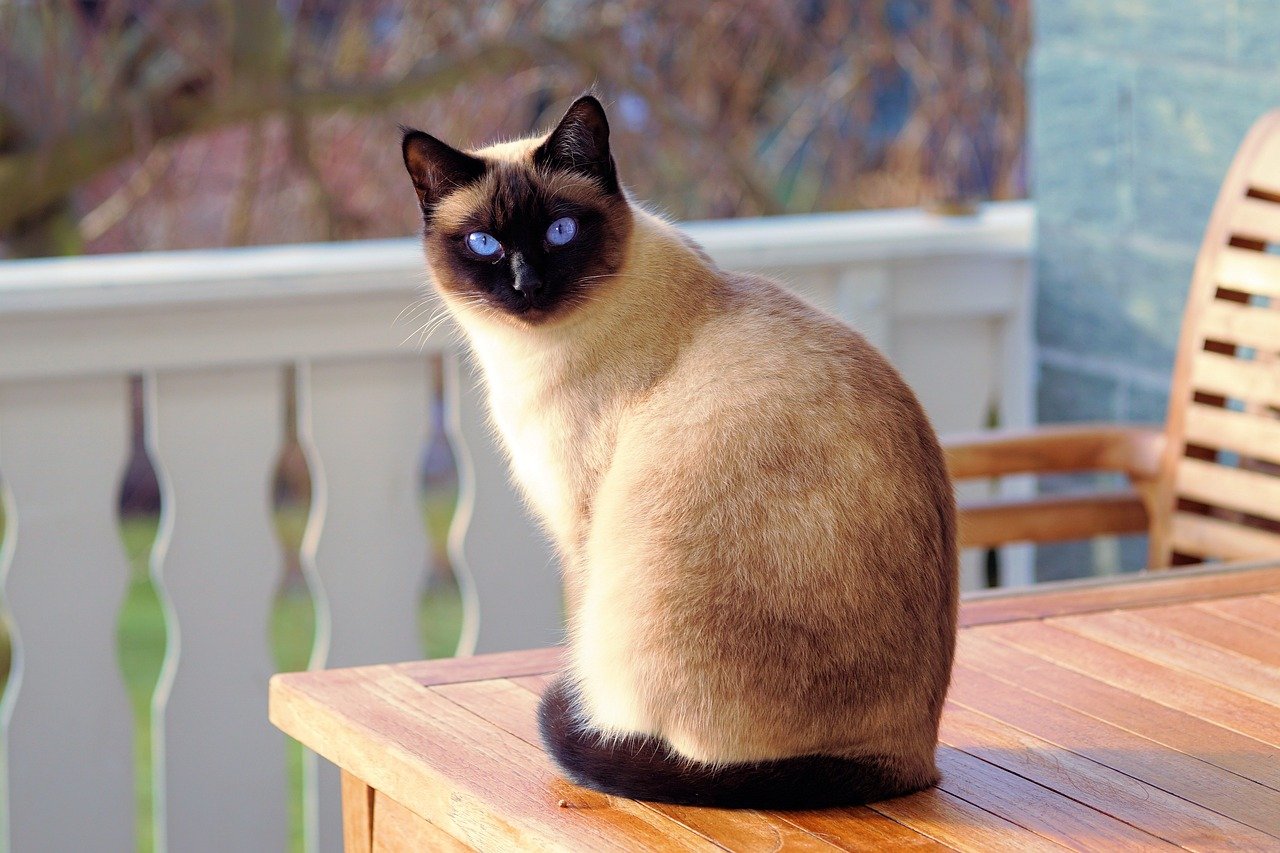
Emotionally free cats become more attuned to their human companions. They pick up on moods, respond to tone of voice, and even offer comfort when you’re down. This emotional intelligence is a gift, deepening the human-animal bond. You might notice your cat joining you during sad moments or celebrating with you during happy times. Their ability to mirror and respond to emotions makes them true companions in every sense. Emotional freedom brings out the best in both cats and their humans.
Fearless Experimentation With New Experiences
With emotional freedom, cats become braver about trying new things. They might investigate new toys, sample different foods, or explore unfamiliar rooms with confidence. This fearless attitude leads to richer, more varied experiences. It also means your cat is less likely to develop phobias or anxieties. Positive reinforcement and gentle encouragement help them make the most of their curiosity. Watching your cat grow bolder and more adventurous is incredibly rewarding.
Unique Personality Traits Shine Through
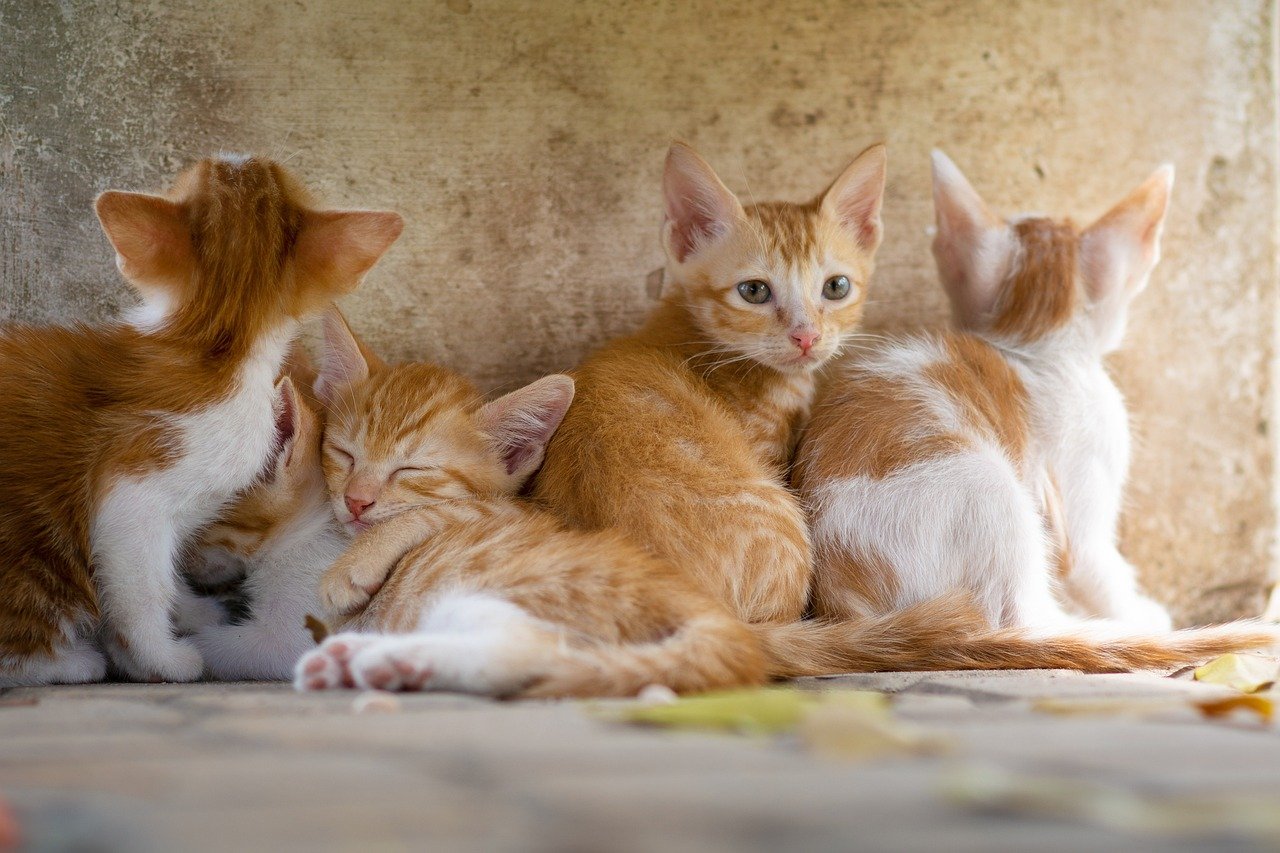
Perhaps the most surprising result of emotional freedom is the emergence of your cat’s unique personality. Quirky habits, special vocalizations, or unusual sleep routines become more obvious. Some cats are comedians, others are philosophers, and some are gentle souls who crave quiet companionship. Emotional freedom reveals these individual traits, making your relationship richer and more rewarding. Every cat is different, and giving them space to be themselves is the greatest gift you can offer.
Unbreakable Bonds and Shared Joy
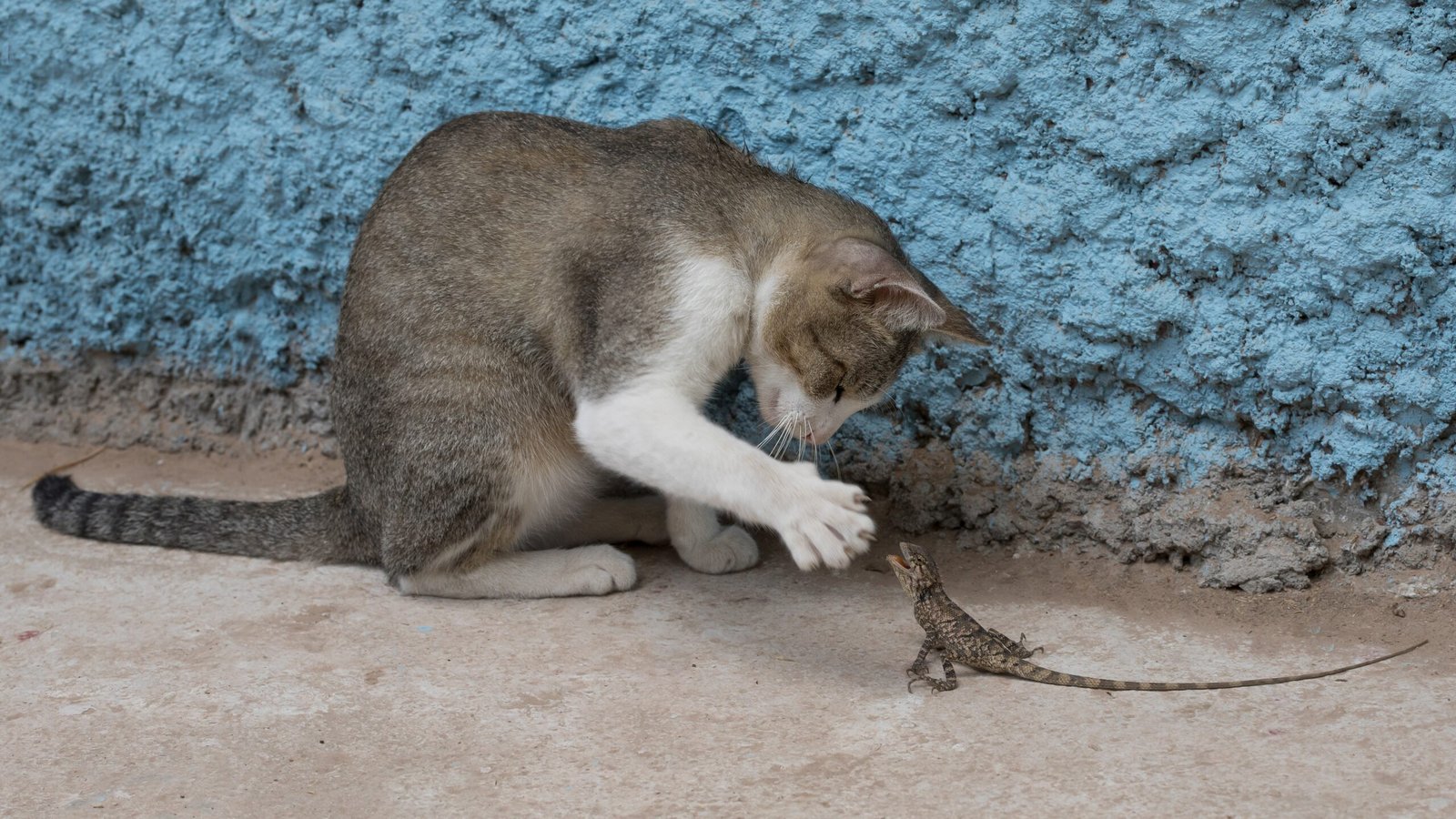
When you give a cat full emotional freedom, you build a relationship based on trust, respect, and genuine connection. The bond deepens with every honest moment, every shared adventure, and every cuddle freely given. You see your cat not just as a pet, but as a companion with thoughts, feelings, and dreams of their own. Together, you create a language of love and understanding that stands the test of time. Isn’t that what every cat lover truly hopes for?
Hi, I’m Bola, a passionate writer and creative strategist with a knack for crafting compelling content that educates, inspires, and connects. Over the years, I’ve honed my skills across various writing fields, including content creation, copywriting, online course development, and video scriptwriting.
When I’m not at my desk, you’ll find me exploring new ideas, reading books, or brainstorming creative ways to solve challenges. I believe that words have the power to transform, and I’m here to help you leverage that power for success.
Thanks for stopping by, Keep coming to this website to checkout new articles form me. You’d always love it!






